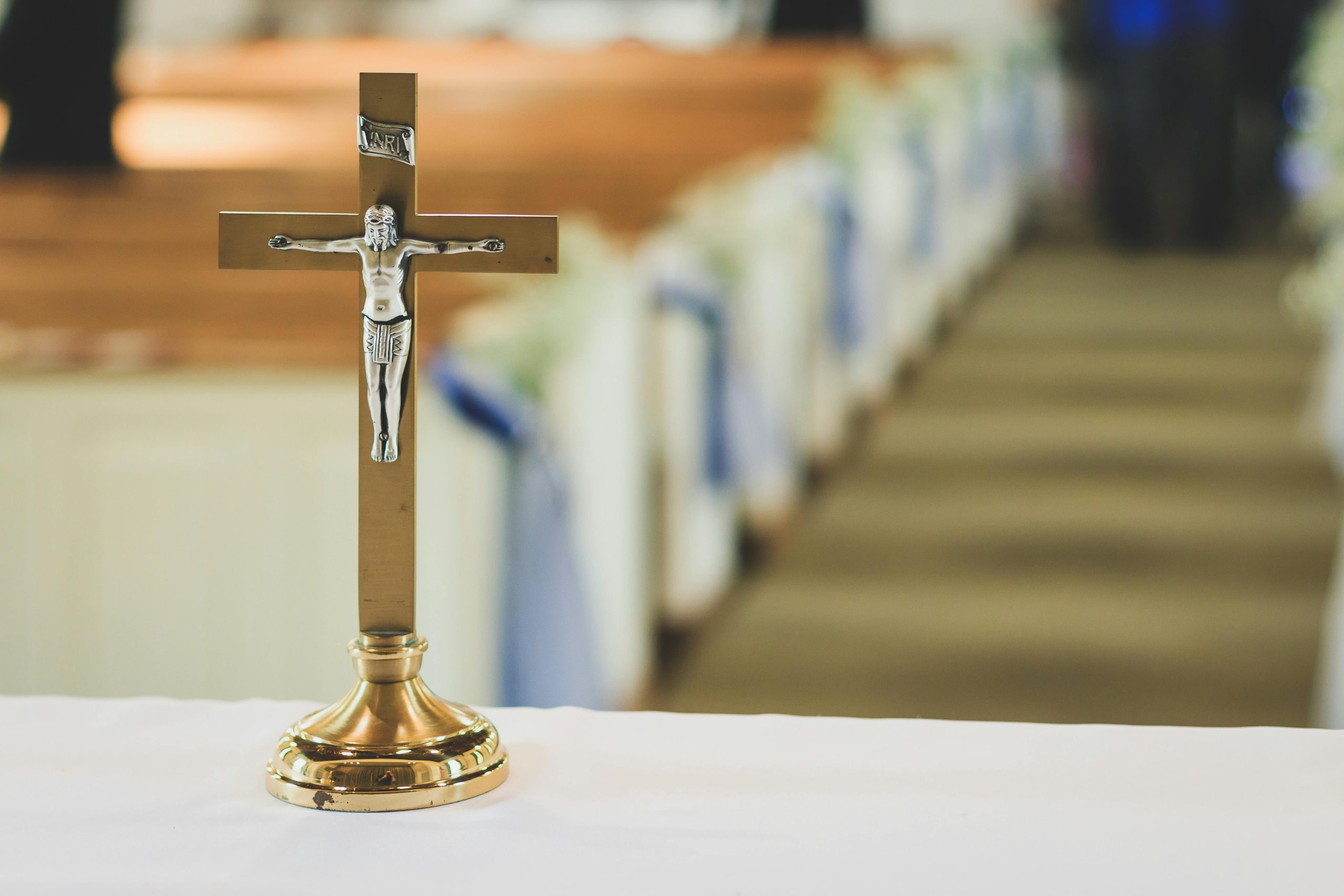Antique crucifixes embody both spiritual devotion and rich cultural heritage. Their unique designs reveal centuries of craftsmanship and religious artistry. Collectors value them not only for their faith symbolism but also for their historical significance and enduring beauty. Understanding their origins and authentic features helps preserve these meaningful treasures for generations to come.
Essential Guide to Antique Crucifixes: Viewing, Valuing, and Acquiring
Exploring the world of antique crucifixes reveals a rich tapestry of faith, artistry, and cultural heritage. For those looking to buy an authentic antique crucifix for your collection, understanding the main characteristics is key.
Also to see : Discover stylish and functional techwear bodysuits today
Antique crucifixes span a fascinating range of types and materials, from rare altar crosses in carved wood or silver, to intricate vintage crucifix pendants and large wall displays from different periods and regions. Materials commonly found include brass, bronze, sterling silver, and wood, often adorned with inscriptions, enamel, gemstones, or symbolic motifs such as the “INRI” plaque or skull and crossbones.
When evaluating these religious artifacts, assess their age, craftsmanship, provenance, and material authenticity. Signs of hand-carved detailing, historical hallmarks, and unique regional designs can indicate higher value. Buyers interested in market trends should consult both auction results and dedicated antique guides to better estimate price and rarity. For collectors in the UK and worldwide, established online marketplaces and specialty antique shops provide trusted sources for purchase, offering both selection and peace of mind.
Also to read : How to Incorporate Bright Patterns into a British Winter Wardrobe?
Identifying and Understanding Antique Crucifix Types and Materials
Distinguishing antique crucifix materials and craftsmanship for authenticity
Precision in identifying antique crucifix materials forms the foundation of authenticity checks. Begin by examining the metal—sterling silver, 14K gold, brass, or bronze are frequent, each with distinct patinas and markings like silver hallmarks or gold karat stamps. In wooden crucifix antiques, notice the grain pattern and finish; aged woods such as oak or mahogany display unique textural depth. Genuine antique mother of pearl crucifixes are cool to the touch and exhibit iridescent layering. The presence of intricate handwork, like detailed carving or hand-applied enamel, points to period craftsmanship rather than mass production.
Overview of primary types: wooden, brass, bronze, silver, gold, and rare material variants
Collectors recognize several vintage religious cross types, categorized by material and function. Wooden, brass, and bronze crucifixes are the most widespread, valued for their durability and warmth. Silver and gold, often reserved for pendants or altar pieces, add both spiritual and monetary significance. Rarer finds include mother of pearl or cast iron, and unique combinations such as jeweled inlays or relic compartments.
Notable crucifix craftsmanship and motifs
Historical crucifix designs frequently display distinctive motifs. The skull and crossbones at the base, representing Golgotha, is common in older pieces. Gothic carving with pointed arches or delicate tracery, and massive processional crosses, reflect their ecclesiastical origins. Motifs and craftsmanship provide clues about the crucifix’s cultural and historical background, as well as its value to collectors.
Assessing Value, Authenticity, and Market Trends for Antique Crucifixes
Factors Impacting Value: Age, Maker, Rarity, Provenance, and Cultural Origin
The value of an antique crucifix rests on several precise factors, starting with age—older pieces, especially those crafted before the 20th century, often command higher prices. Provenance plays a significant role, as documented histories and previous ownership by notable figures or institutions can substantially increase worth. Rarity and cultural origin—such as Russian Orthodox, Byzantine, or Mexican folk traditions—boost desirability among collectors. Craftsmanship and the prominence of the maker, particularly if associated with recognized art movements or religious communities, further support appraisal.
Authenticating Antique Crucifixes: Hallmarks, Distinguishing Period Styles, and Spotting Restorations
Authentication requires attention to hallmarks on metal pieces, which identify silver purity or specific workshops, as well as a detailed review of stylistic features characteristic of certain periods. Ornamentation styles, inscriptions, and symbolic motifs assist in dating and distinguishing a true antique. Visible repairs, replaced parts, or modern finishes may reduce collectibility, stressing the importance of closely examining wear patterns and restoration signs.
Market Pricing, Auction Results, and Appraisal Tips
Prices for antique crucifixes fluctuate due to market trends, material value, and current demand. Reviewing auction results—where rare or museum-quality items draw premium bids—offers a helpful price guide. For appraisal, consult specialists with knowledge of religious artifacts and be sure to document all provenance, materials, and distinguishing features—each aspect contributes to accurate valuation and successful sales.
Collecting, Preservation, and Display of Antique Crucifixes
Best Practices for Safe Handling, Cleaning, and Restoration
Precision: To maintain an antique crucifix’s condition, always handle with clean, dry hands or use cotton gloves; avoid direct contact with metals or painted surfaces. For cleaning, dust with a soft, dry brush—never use water or household cleaners on wood, silver, or gilded metals. Brass or bronze pieces may tarnish; only use a specialized cloth and avoid abrasive methods. Restoration should be minimal—removing corrosion or restoring finish must be left to professionals, especially for valuable or delicate items.
Advice for Collectors: Building a Meaningful or Investment-Worthy Collection
A well-rounded collection balances historical value, craftsmanship, and provenance. Focus on diverse materials—not just common wood or brass, but also silver, enamel, or mother of pearl. Provenance, inscriptions, or unique decorative features—such as skull and crossbones on select pieces—enhance historical depth. For investment, research historical trends and auction results; authentic, rare, or well-documented crucifixes usually retain value.
Recommendations for Displaying and Caring
Display crucifixes away from direct sunlight and sources of moisture to prevent fading and warping. In homes, dedicate secure stands or shadow boxes; in churches, use stable wall mounts and ensure items are not touched unnecessarily during ceremonies. For private collections, maintain a consistent, moderate environment—sudden temperature shifts or humidity can damage materials and finishes.











